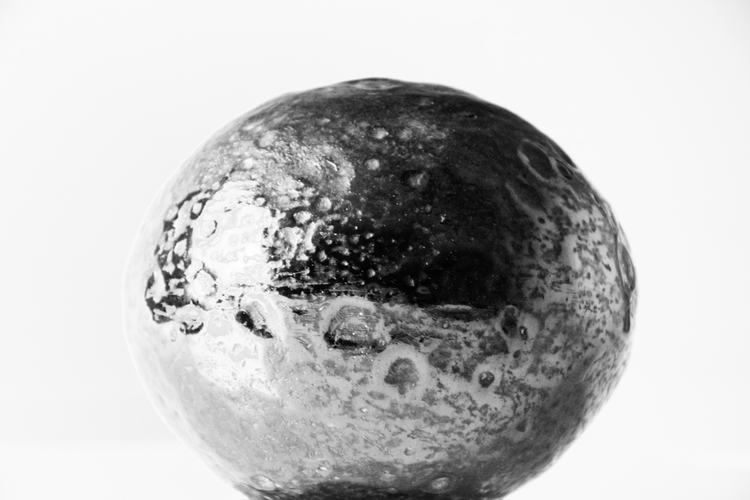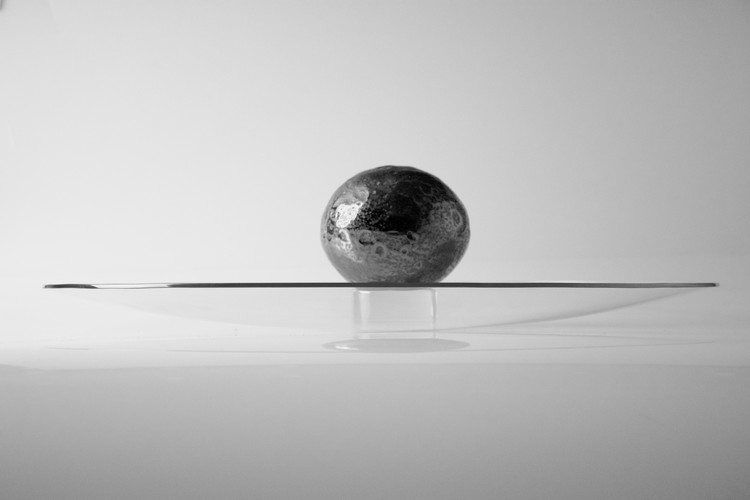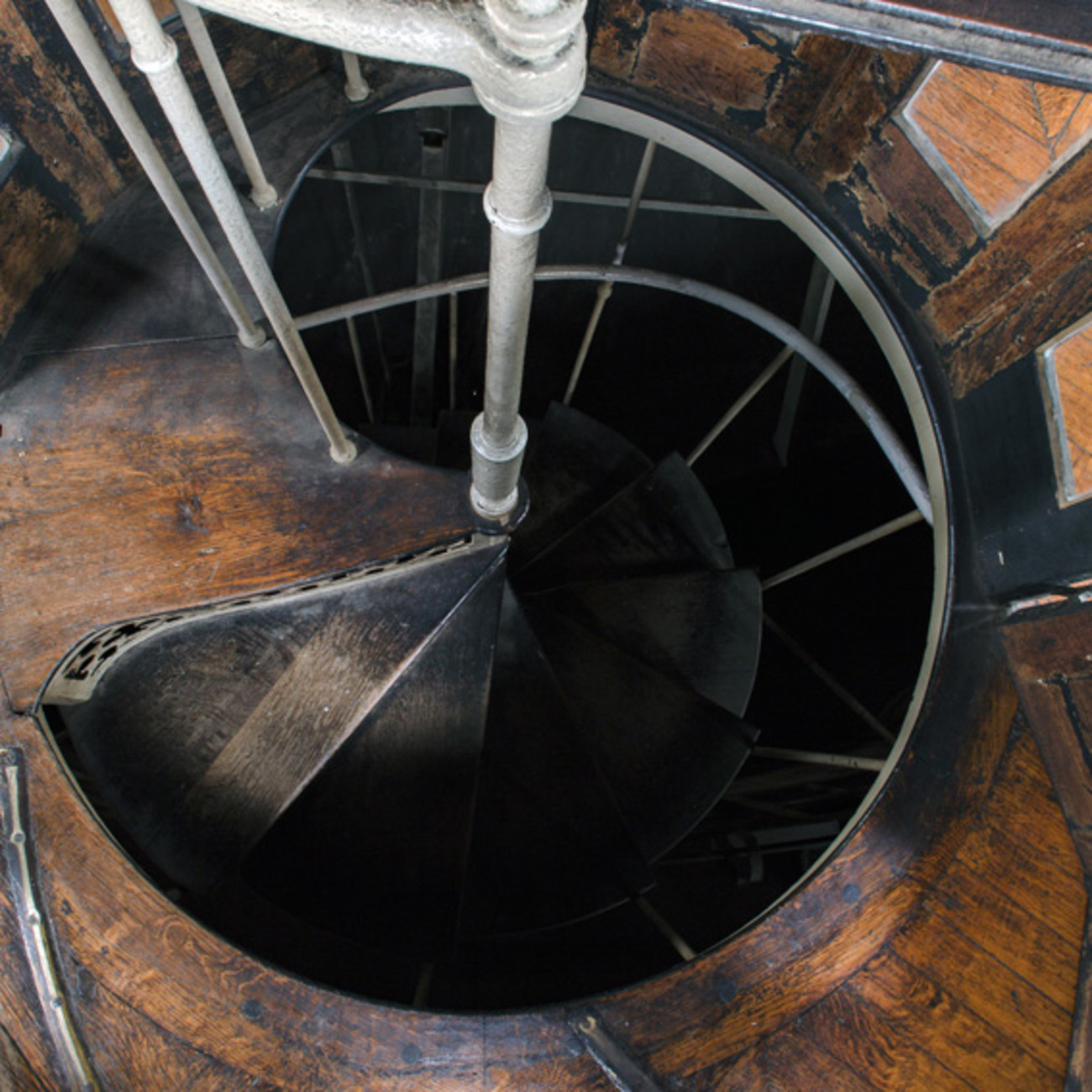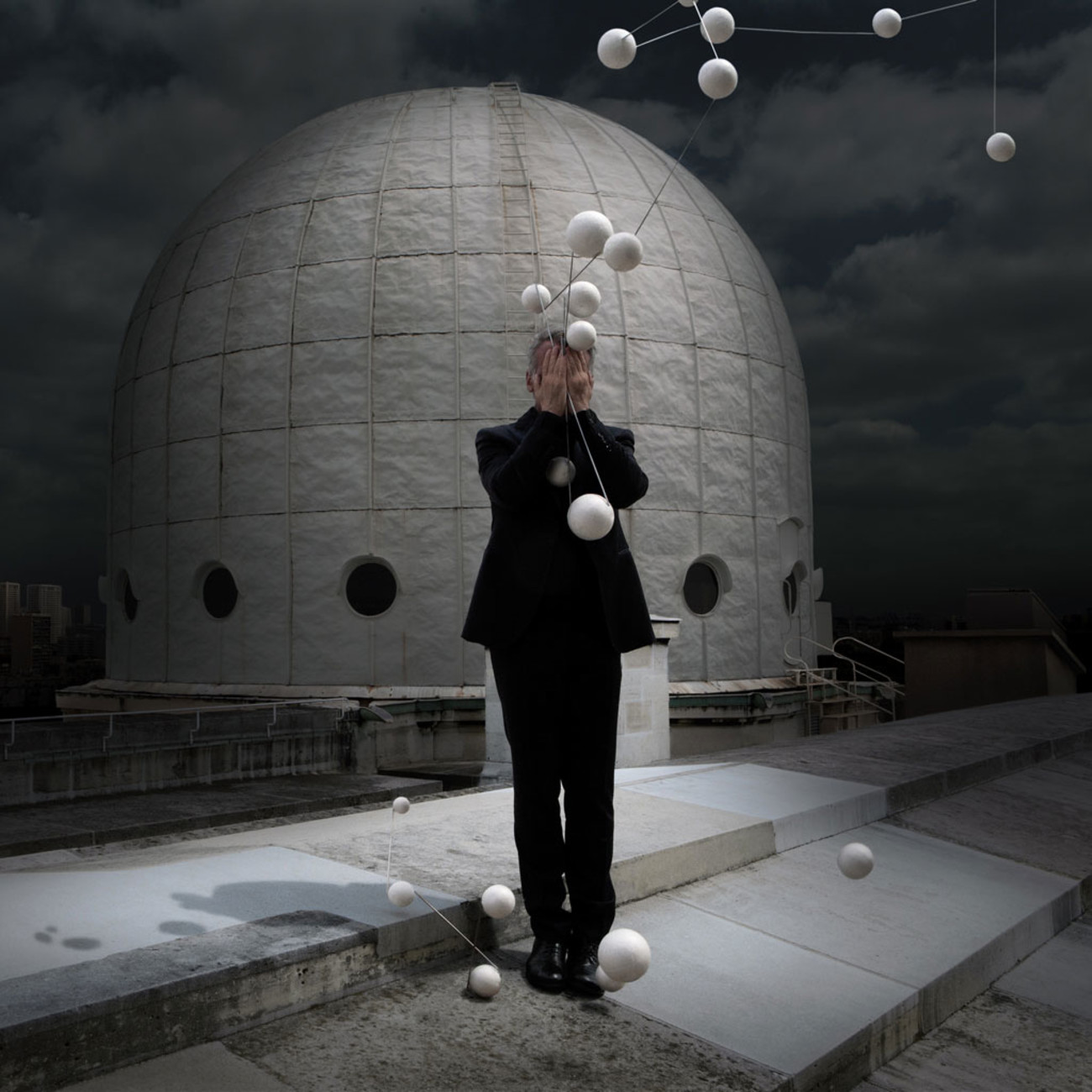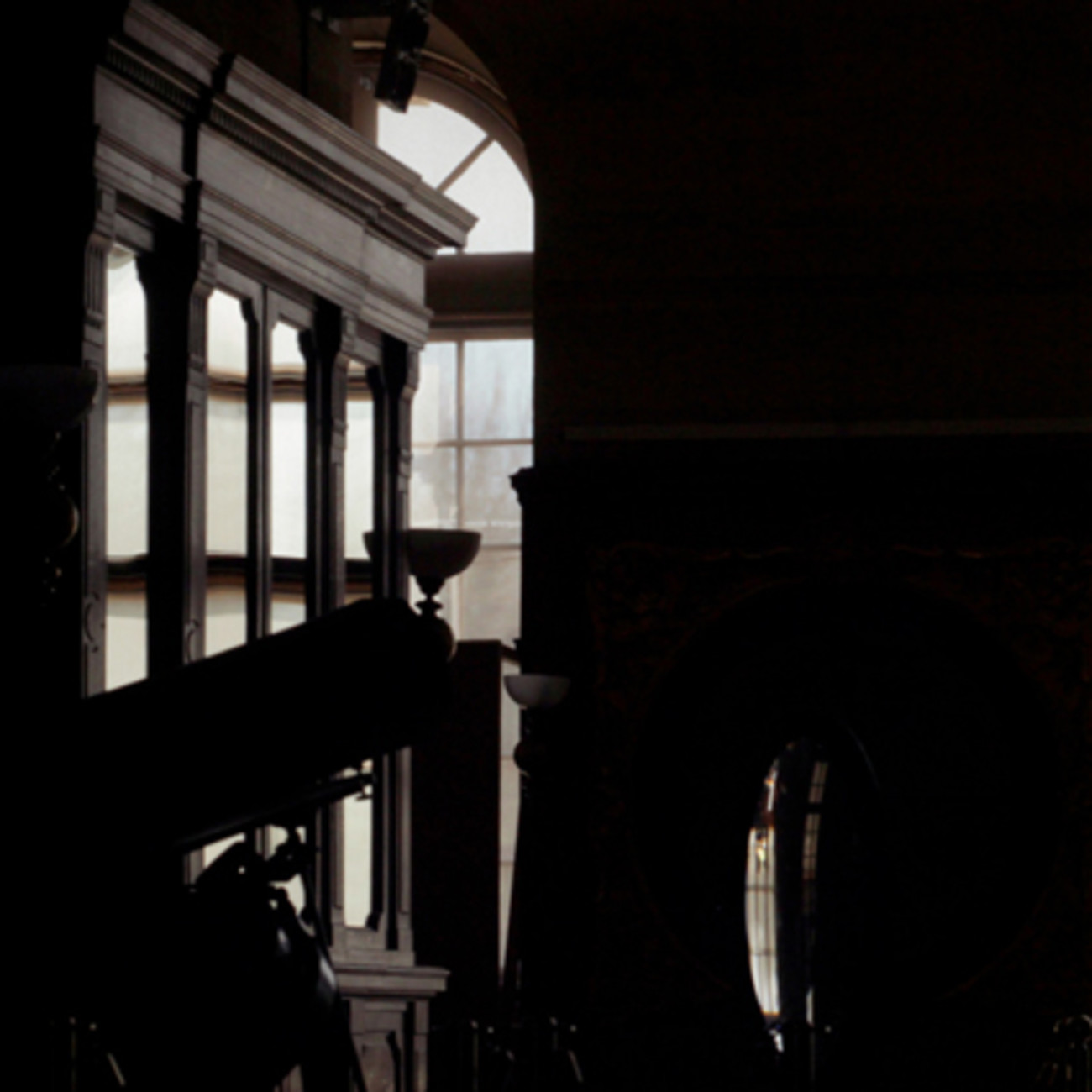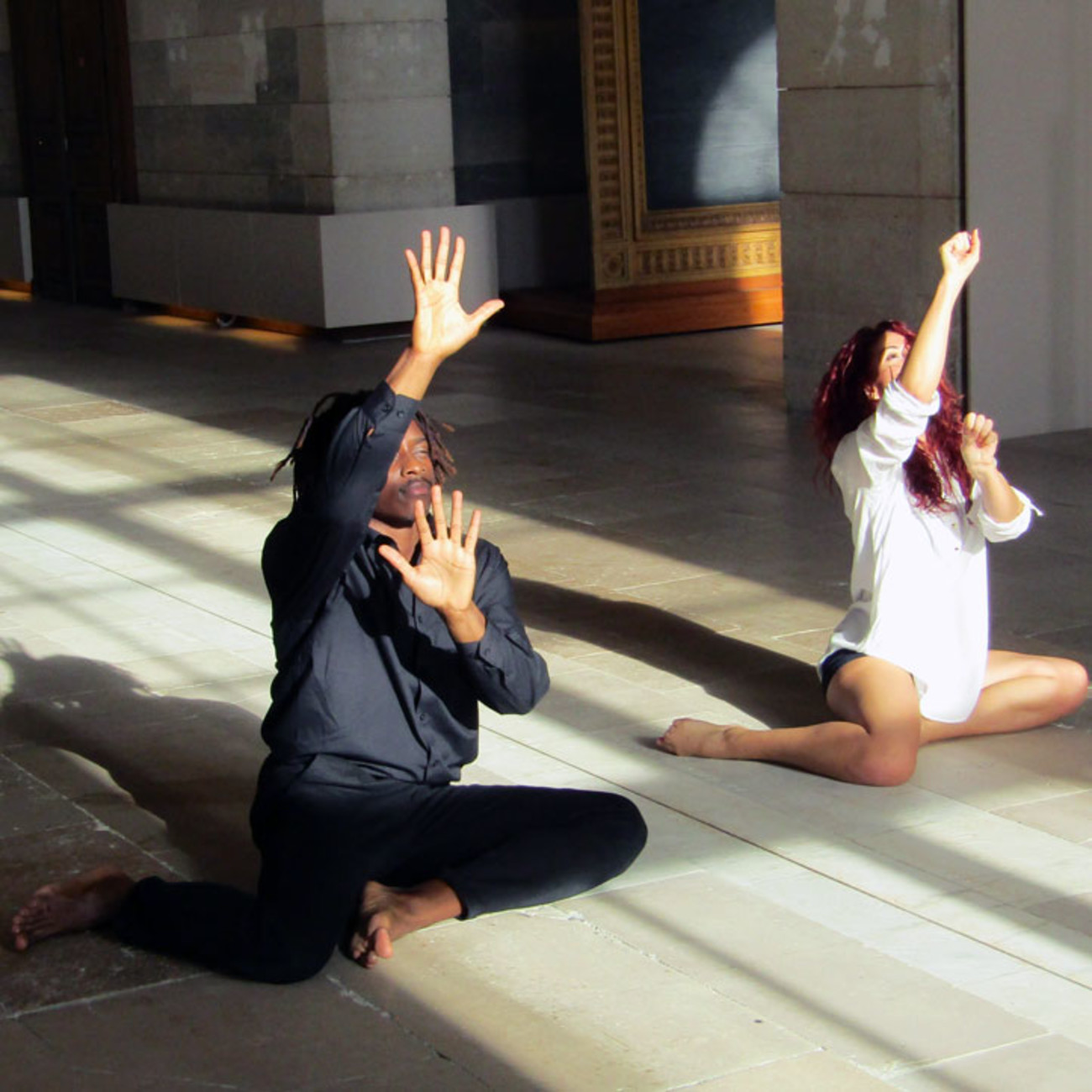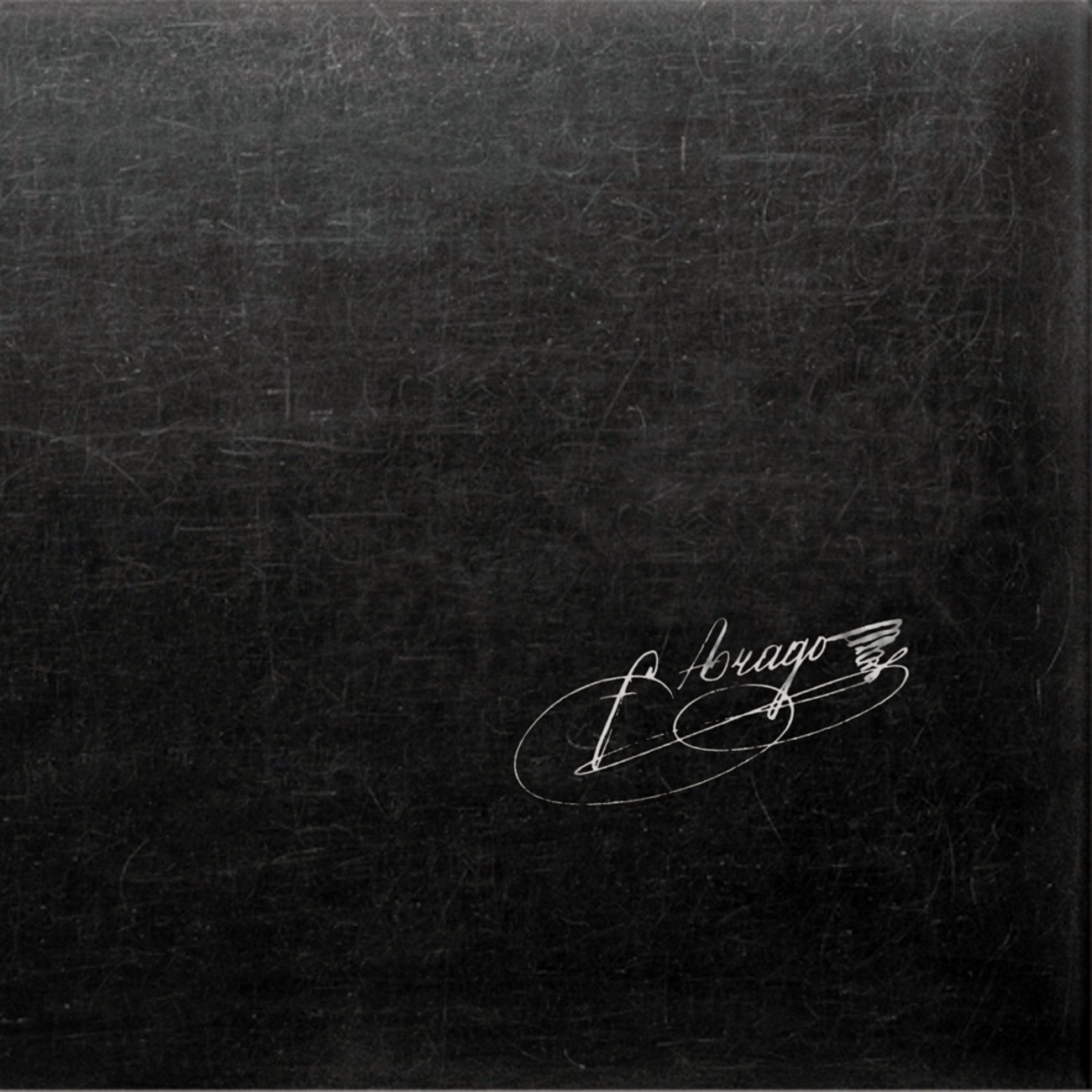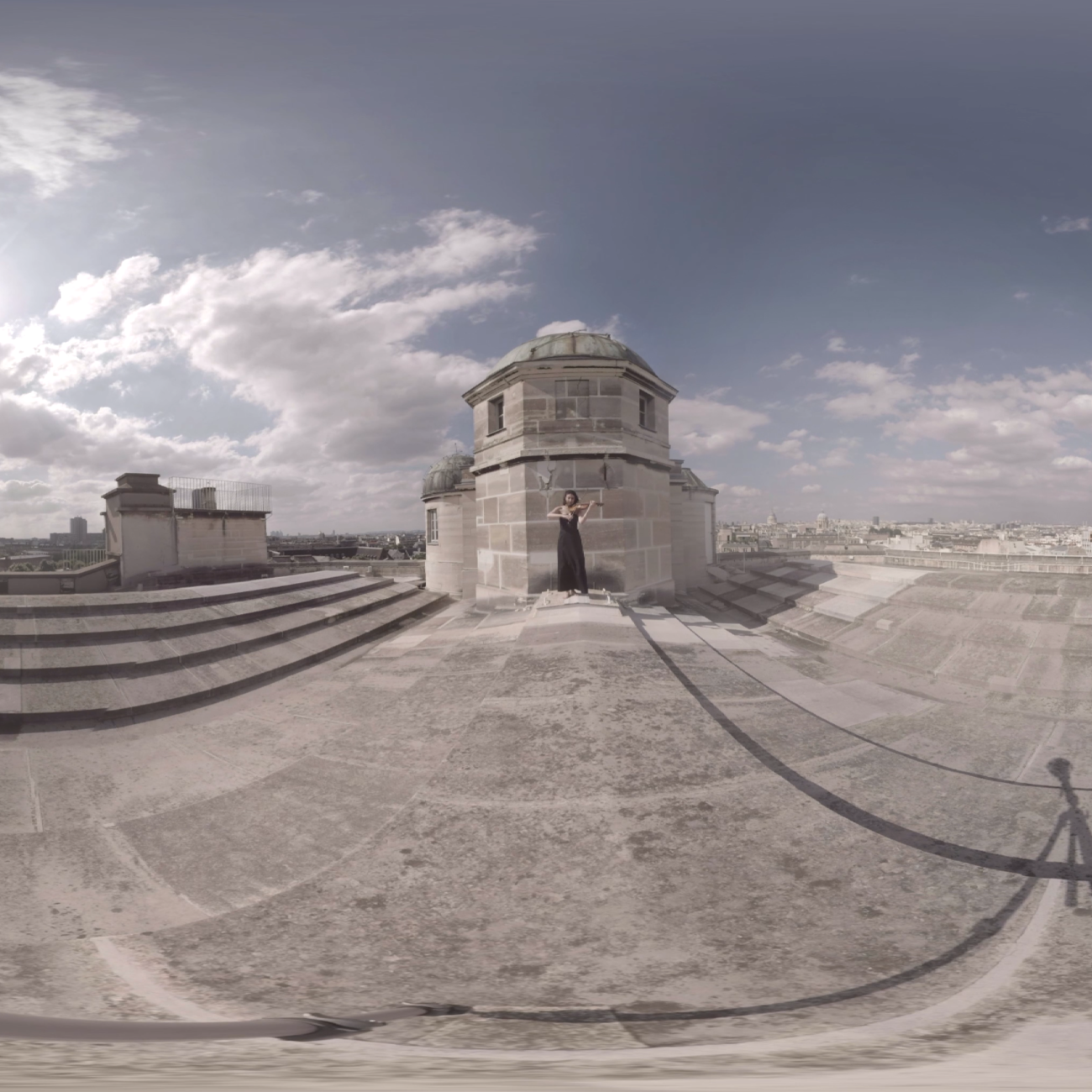Via the exposition of his work, the asteroid Vesta modeled in glass, Alexane Fay invites the spectator to explore a world suspended between reality and a dream. Like a liquid telescope, the sculpture is conceived as a way of deforming an image of reality, thus creating a fertile terrain for the imagination.
IN-réalité
“My work is conceived as a ‘work in progress,’ springing from empirical research on many fronts: celestial cartography, scientific data, audio clips … Each part is just an intermediate step which spreads out as multifaceted thought, creating links and exchanges which then branch out in new directions. I imagine improbable or even impossible interactions between body, matter and fluxes. I revisit the dream world of the shapes that have always fascinated Man: the world of the interaction of the four elements, or the essential nature of the Universe.
“Gaston Bachelard claimed that imagination, rather than being the faculty of making images, was the faculty of deforming the images furnished by our perception, thus freeing us from our inherent images. By freezing the elements, the frontier of reality-abstraction fiction becomes porous. By shaking up the spectator’s perception, I create a fertile terrain for the imagination.
“The asteroid was based on NASA’s 3D model of the asteroid Vesta, which is orbiting in the cosmos even as you read these words. Vesta is the second-largest asteroid by mass in the asteroid belt after Ceres, weighing 270 trillion tons. It was the fourth asteroid discovered on March 29, 1807, by Heinrich Olbers, and is named after the Roman goddess Vesta. It is one of the most significant asteroids in the asteroid belt,. Here, on the Earth, I have reduced it to the scale of a hand.
“The asteroid is reflected in a glass dish, where a liquid produces the effect of a mirror. In astronomy, the telescope mirror gathers and concentrates the light coming from the sky. Here, it draws the attention of the spectator. In the way of a telescope, the sculpture is to be thought of as a mirror that deforms the image of reality. Through the reflection, the object finds itself transformed. Each, the object and its base, enhance each other, talk to each other, enabling to view the object via a deforming mirror, leading to a new perception which stimulates the imagination.
“The asteroid seems to be suspended in space, motionless, plunging the spectator into a weightless universe. Driven by this new reality, the notions of space and time disappear under the influence of the floating asteroid. The motion of the spectator enables him to modify his perception of the work, thus inducing a dialogue, exploring a world suspended between fiction and dream.”
